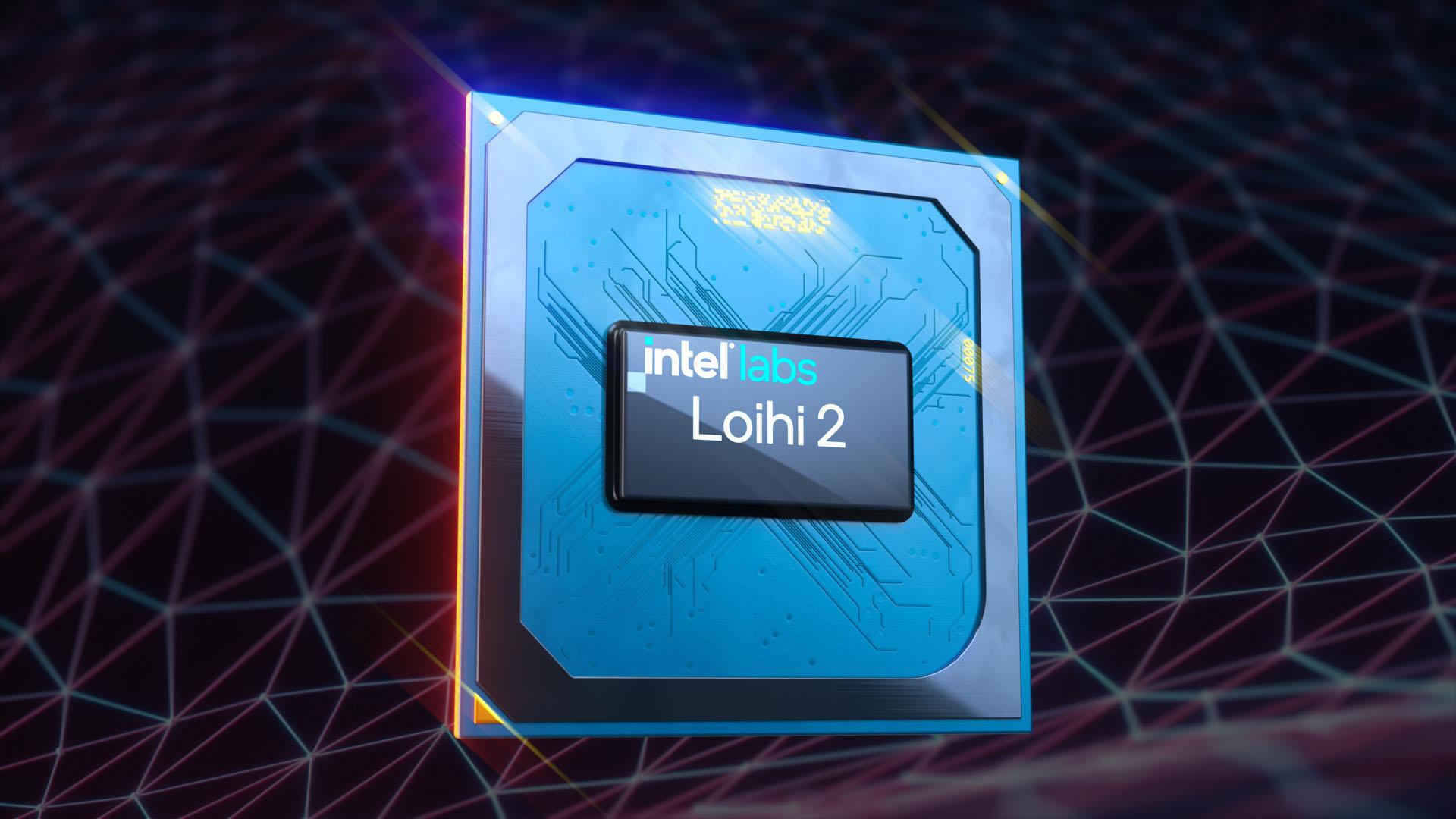Intel's Neuromorphic Chip Gets A Major Upgrade
6. 10. 2021 | IEEE Spectrum | spectrum.ieee.org
Many AIs may depend on things called neural networks, but there's very little about them that works in the way human and animal brains do. Intel has been experimenting with computers that think more like a brain does for several years now, racking up some impressive if quirky results with their Loihi neuromorphic chip. Now Loihi is getting its first upgrade, and it's a pretty big one.
Using a manufacturing process called Intel 4 that's not yet available for commercial chips, the company packed in up to eight-times as many artificial neurons into a chip that's half the area of Loihi. Some 250 research partners have been using Loihi systems for things like controlling drones or robot arms, optimizing train schedules, searching databases, and learning to identify different odors. But these experiments also pointed to a set of limitations that Davies' team wanted to address in the next generation. For one, Davies says, the neural network model Loihi used wasn't flexible enough to do all the things Intel and its partners wanted.

They also found that the model of neural activity as a binary spike where only the timing information was conveyed from one neuron to another limited the precision of Loihi's calculations. Other hinderances included congestion between multiple Loihi chips and challenges to integrating the system with conventional computers. Loihi 2 tackles these issues using the same basic architecture, but with a set of circuits that were "redesigned from the ground up“.
Read more at IEEE Spectrum
Image Credit: Intel
-jk-




